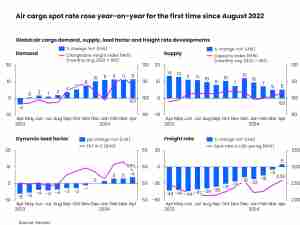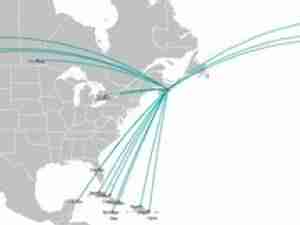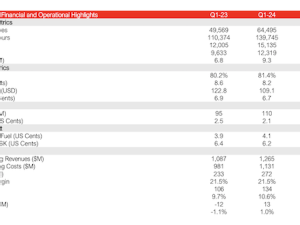Flights are returning to Brazilian skies, providing a lift for two of the carriers that survived a wave of bankruptcies that upended the Latin American airline industry.
Gol Linhas Aereas Inteligentes SA and Azul SA—which together had about three-fourths of the Brazilian domestic market share in July, according to Citigroup Inc.—are seeing demand rebound more quickly than forecast, although it remains well below pre-pandemic levels. Investors are increasingly confident the low-cost carriers can survive a travel downturn that has forced three of the region’s largest airlines into bankruptcy.
“The outlook is brighter as the recovery on domestic demand in Brazil has been faster than expected and the fact that Azul and Gol are focused on the local market,” said Josseline Jenssen, a credit analyst at Lucror Analytics. “Cash flow generation should improve with higher sales.”
Bonds sold by Gol and Azul have returned 70% and 45%, respectively, since the end of March, compared to -6.5% for the Bloomberg Barclays High Yield Airlines Index. Shares in the companies, meanwhile, are up 53% and 31%, respectively, outperforming the Bloomberg World Airlines Index. Year to date, both stocks are still down at least 50%, according to data compiled by Bloomberg.
Gol this week said it operated an average of 270 flights per day in September, up from around 40 flights per day in April. Azul said it expects to operate at roughly 55% of pre-Covid capacity in October, putting it ahead of its original guidance that it would be at 40% by the end of the year.
“Once again we continue to see an improvement in domestic passenger demand as we approach the strongest travel season in Brazil,” Azul’s Chief Executive Officer John Rodgerson said in a statement.
Across Latin America, flights are slowly coming back after governments lifted travel bans aimed at containing the spread of the new coronavirus. At the height of the downturn, Chile’s Latam Airlines Group SA, Bogota-based Avianca Holdings SA and Grupo Aeromexico SAB declared bankruptcy in the U.S. as bans and a lack of demand forced them to ground planes.
Carriers in the region quadrupled capacity in September, compared to May, according to data compiled by OAG Aviation.
Azul’s liquidity of 2.3 billion reais (about $410 million) at the end of September gives a cash cushion of more than 30 months. Azul ended August with about 2.1 billion reais. The airlines are also weighing tapping capital markets to raise additional cash with support of a the Brazilian development bank, BNDES.
The improving outlook prompted analysts at Goldman Sachs Group Inc., Raymond James, and Deutsche Bank AG to upgrade the carriers’ stock recently to buy. The airlines can “not only survive, but thrive” in what’s poised to be a low-fare environment for a while, Deutsche Bank analysts wrote last month.










